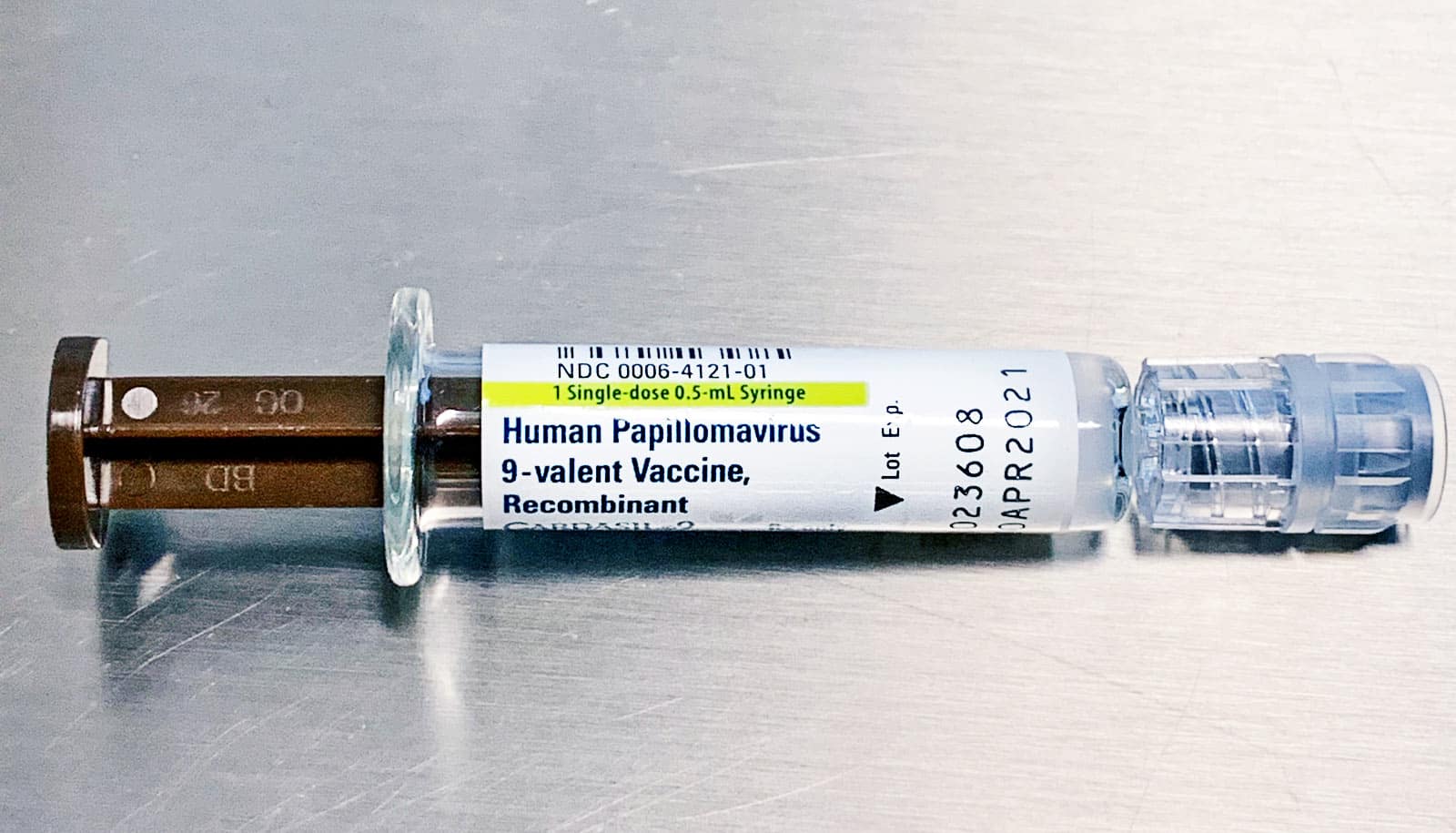Women with low incomes sometimes don’t receive Pap smears and other cancer prevention screenings because they are focused on more pressing needs such as housing, food, and other necessary expenses, research finds.
Encouraging women to have timely Pap smears and/or HPV tests could improve cancer detection and save lives, the study shows.
More than half of cervical cancer cases in the United States occur in women who have not had these screenings that allow for detection of precancerous or cancerous cells on the cervix. Health care professionals have been uncertain of how best to improve patient adherence to screenings and follow-ups involving abnormal results.
To evaluate efforts to help women obtain cervical cancer screenings, researchers studied a group of female callers in Missouri seeking assistance from a free and confidential phone service that helps people find basic resources.
They determined that most female callers due for cervical cancer screenings did not schedule one, even with the support of a health navigator, an individual trained to help people access medical care.
The findings indicate the need for a new, more involved approach to achieve such screenings and, ultimately, lower the number of women treated for advanced cancer.
“Reasons for inadequate screening are many and often deeply rooted to social and structural determinants of health that drive health inequities,” says Lindsay Kuroki, assistant professor of obstetrics and gynecology at the School of Medicine at Washington University in St. Louis and lead author of the study in the American Journal of Obstetrics & Gynecology.
“We wanted to determine the need for cervical cancer screening among women seeking assistance with unmet basic needs and to assess different methods of encouraging callers to seek Pap screening. Connecting underserved women to cervical cancer-screening services and assisting them with barriers to access medical care can improve health equity and reduce cancer disparities.”
“No woman should die from a preventable cancer.”
Researchers recruited participants from June 2010 through June 2012 from among callers to United Way 2-1-1 Missouri, a telephone helpline for local health and social service resources. Most callers seek help with basic needs such as food, utility bills, shelter, and unexpected expenses.
Of 932 callers, 211 were referred for cervical cancer screenings. Callers were randomized to one of three conditions: phone call only; phone call and a print reminder; or a phone call and a personal navigator. The researchers looked at how many women contacted a clinic to schedule a Pap test one month after receiving a referral.
Patients in need of Pap screening had multiple cervical cancer risk factors. These women had a mean age of 48.2 years, were predominantly non-white, poor and unemployed, not married, and actively smoking. Nearly all (94.7%) female callers, regardless of their need for Pap testing, had at least one unmet basic need, with callers reporting an average of two unmet needs.
Women in the group that was assigned health navigators reported higher rates of contacting Pap services (29.6%) than those given phone calls only (15.1%), or phone calls and tailored print reminders (13.4%).
Health navigators tripled the likelihood that women made contact with Pap services, and this remained true even among women with multiple unmet needs. Nevertheless, only 41 of 211 (19.4%) women who were overdue for Pap testing and received a referral contacted the referred clinic to schedule cervical cancer screenings.
The researchers say future research is necessary to understand how unmet basic needs pose barriers to cervical screening and how effective interventions to meet basic needs may lead to improved access to cancer prevention services.
Some of these interventions might include immediate help such as assisting women with transportation and child care. Other interventions might focus on redesigning health systems and influencing social policy to provide women at risk for cervical cancer with secure homes free of hunger and tobacco.
“Women contacting 2-1-1 are likely to have health needs that greatly exceed those of the general population, in addition to lacking financial resources and social support required to seek cervical cancer screening,” says senior author Matthew Kreuter, professor of public health at the Brown School.
“Continuing this line of research is critical to improving outcomes for low-income, medically underserved populations. No woman should die from a preventable cancer.”
The National Cancer Institute supported the work.



